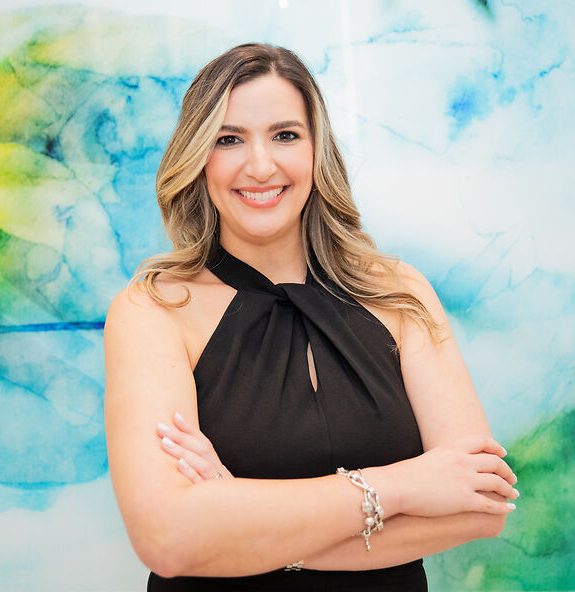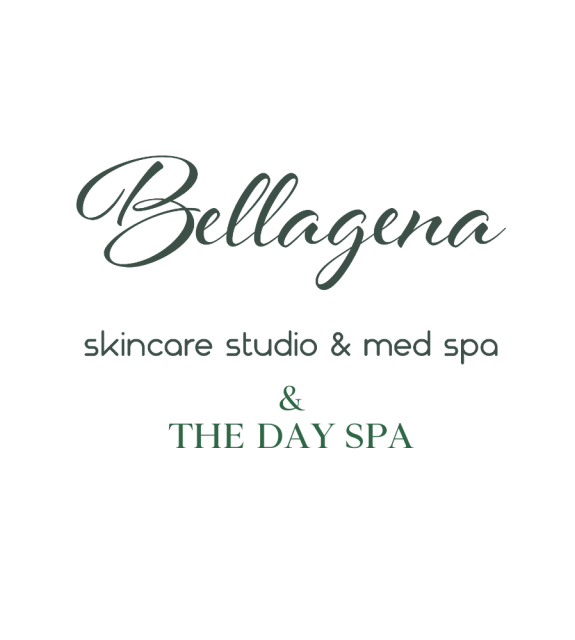Michele S. Green M.D., FAAD., is a Board-Certified Cosmetic Dermatologist, Fellow of the American Academy of Dermatology, and has been an international leader in cosmetic dermatology for over 25 years. Upper East Side patients and those around the globe flock to her practice for cosmetic dermatology treatment. A graduate from Yale University, with an MD and Chief residency from The Mount Sinai School of Medicine in NYC, Dr. Green treats some of the most discerning, demanding women and men in the world, with issues ranging from premature skin aging to hyperpigmentation, rosacea, wrinkles, acne, skin laxity, hair loss, and sun damage.
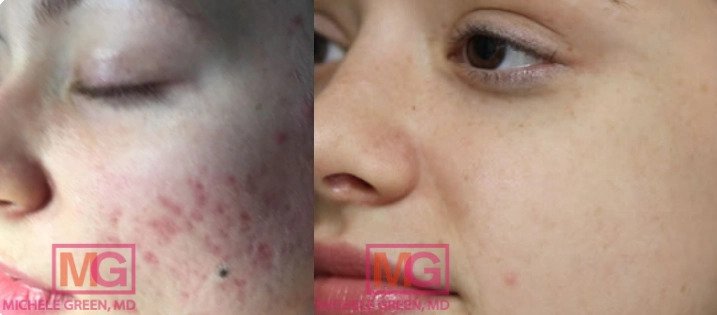
What is Subcison for Acne Scars?
Acne is one of the most prevalent skin conditions around the world, and one of the most common reasons that patients seek treatment from dermatologists each year. Unfortunately, for many who struggle with acne breakouts, acne scars become a long-term concern even far after the acne itself is resolved. Acne scars can be a frustrating reminder of a breakout and often acne scars can be even more difficult to treat than the original acne breakouts.
Subcision acne scar treatment is one option for reducing scar tissue and improving the appearance of some types of acne scars. Subcision treatment, also referred to as subcutaneous incision-less surgery, a minor dermatologic surgery procedure that can be used to treat depressed acne scars. Subcision treatment is typically recommended for a type of acne scar called rolling scars.
What Are the Type of Acne Scars?
Atrophic Acne scars: Atrophic acne scars are the most common type of acne scar that patients, particularly those with inflammatory acne, suffer from.
Hypertrophic scars: Hypertrophic scars grow above the surface of the skin and appear as a raised, firm skin growth. These scars are formed due to an excess of tissue that is produced by the skin as a part of the healing response to a wound. These scars usually grow to be larger in size than the initial wound. Not only do acne flareups cause hypertrophic scars, but any form of trauma to the skin may result in their development.
Based on these two main categories, atrophic and hypertrophic, acne scars can be further divided into four subcategories. These subgroups of acne scars include ice pick scars, boxcar scars, rolling scars, and keloid scars.
- Ice pick scars: deep, narrow scars that often resemble enlarged pores. The term “ice pick” scar comes from the fact that the skin appears as if it has been pierced by a sharp tool, like an ice pick. These scars extend deep into the dermal layers of skin and are often caused by severe inflammation associated with cystic or nodular acne lesions.
- Boxcar scars: develop when inflammatory acne destroys the collagen fibers within the skin. This type of acne scar leaves a depression in the skin as a result of that collagen loss.
- Rolling scars: as the name suggests, have the appearance of rolling across the skin in a wave-like manner. Rolling scars, unlike boxcar scars, do not have sharply defined borders. Rolling scars are unfortunately often the most difficult type of acne scars to treat and usually require a combination of laser treatments and subcision with dermal fillers in order to successfully improve their appearance.
- Keloid scars: A hypertrophic scar, also called a keloid, is a raised scar that often appears as a thick and lumpy overgrowth of skin tissue. In contrast with atrophic acne scars, during the formation of keloid scars the skin overproduces new collagen.
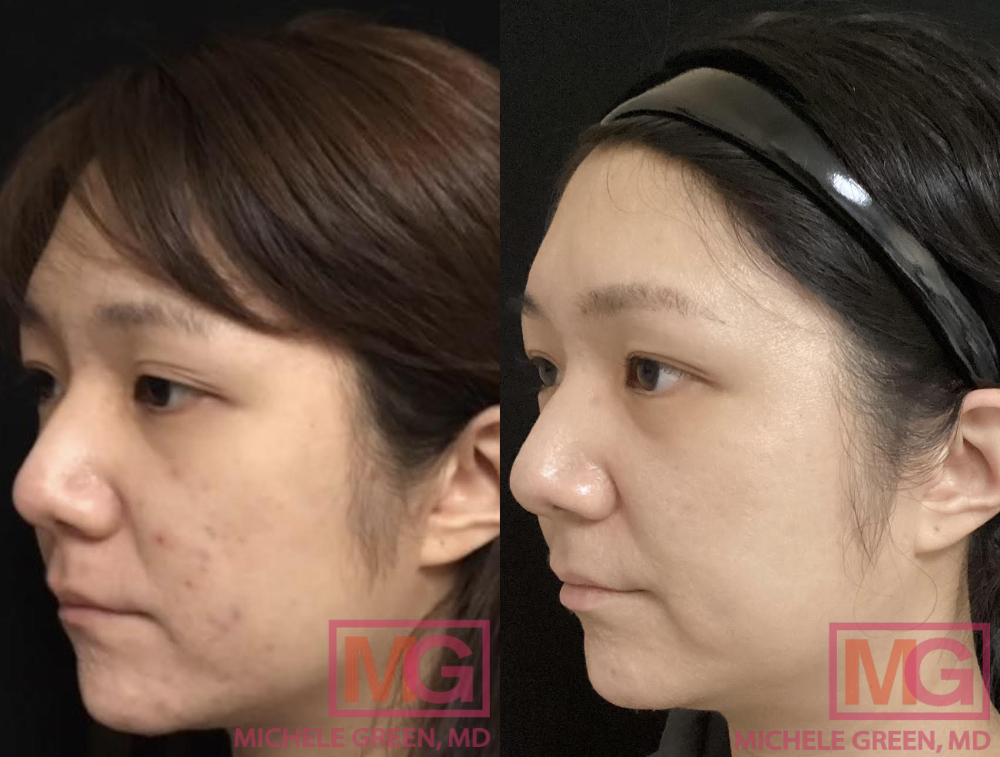
scar treatment – 1 year
Photo Credit: Courtesy of Dr. Michele Green
What Does the Process of Subcison include?
On the day of your subcision treatment, a topical numbing cream should be applied to clean skin in the treated area one hour before the treatment session to ensure the subcision is as comfortable as possible for the patient. After an hour, the numbing cream will be removed and the skin sterilized with alcohol to prepare for subcision. The depressed scars that are being treated are visualize with an overhead light to best see the acne depressions.
Once the tether is broken and the fibrotic bands of scar tissue are released, the skin is encouraged to produce new collagen in the treated area and heal with a smoother, more even texture. Dr. Green will then subcise the acne scars and inject these acne scars with dermal filler. Dermal fillers such as Restylane or Juvederm can be injected directly into the involved depressions of these acne scars to improve their cosmetic appearance. Using Dr. Green’s special technique of combining subcision with dermal filler injection directly into the acne scars, will replace lost volume and provide a smoother, more beautiful skin surface. Performing subcision in conjunction with hyaluronic acid dermal fillers provides optimal cosmetic results with essentially zero downtime.
What Acne Scar Treatments Can be Combined with Subcision?
Subcision acne scar treatment can be combined with a wide variety of other dermatological treatment options in order to achieve the best results. Some of the many treatment options for acne that can be paired with subcision acne scar revision are as follows:
- Dermal fillers – such as Juvederm, Restylane, and Sculptra, are an injectable treatment designed to restore lost volume, which makes them ideal for treating atrophic acne scars (depressed scars) where a loss of collagen has led to a depression in the surface of the skin.
- Laser Treatments such as Fraxel Laser and eMatrix Sublative Laser– Dr. Green may recommend laser treatment to improve the tone and texture of the skin at the treatment area. There are many laser treatment options available, including the Fraxel, Vivace, eMatrix, and Clear + Brilliant lasers, and at your consultation, Dr. Green will be able to determine the laser treatment that is right for you depending on your skin type, skin tone, and the concerns to be addressed.
- VBeam Laser – The VBeam laser is best used specifically for broken blood vessels and to eliminate redness that is associated with acne scarring or post-inflammatory hyperpigmentation.
- TCA Cross – Trichloroacetic acid (TCA) cross is a chemical formula that is placed directly on atrophic acne scars in order to boost the production of collagen and elastin for firmer, smoother skin. The acne scar treatment works on ice pick scars, rolling acne scars, and boxcar scars in order to elevate the skin and eliminate the appearance of the depressed scars.
- Chemical peels – There are many different kinds of chemical peels that use a variety of different forms of acid-based ingredients to exfoliate the surface of the skin to promote skin cell turnover and the production of collagen. Chemical peels range from superficial (or light) peels, medium depth peels, and deep chemical peels. To treat acne scars, Dr. Green will often opt for a superficial peel or a medium depth peel depending on the severity of the acne scarring.
- Microneedling – Microneedling is another acne scar treatment option that improves the texture of the skin’s surface by creating micro-injuries in the epidermis, triggering the natural wound healing process of skin which boosts the body’s natural collagen and elastin production.
- Other options include IPL, Cosmelan, Mesopeel & Topical Skincare.
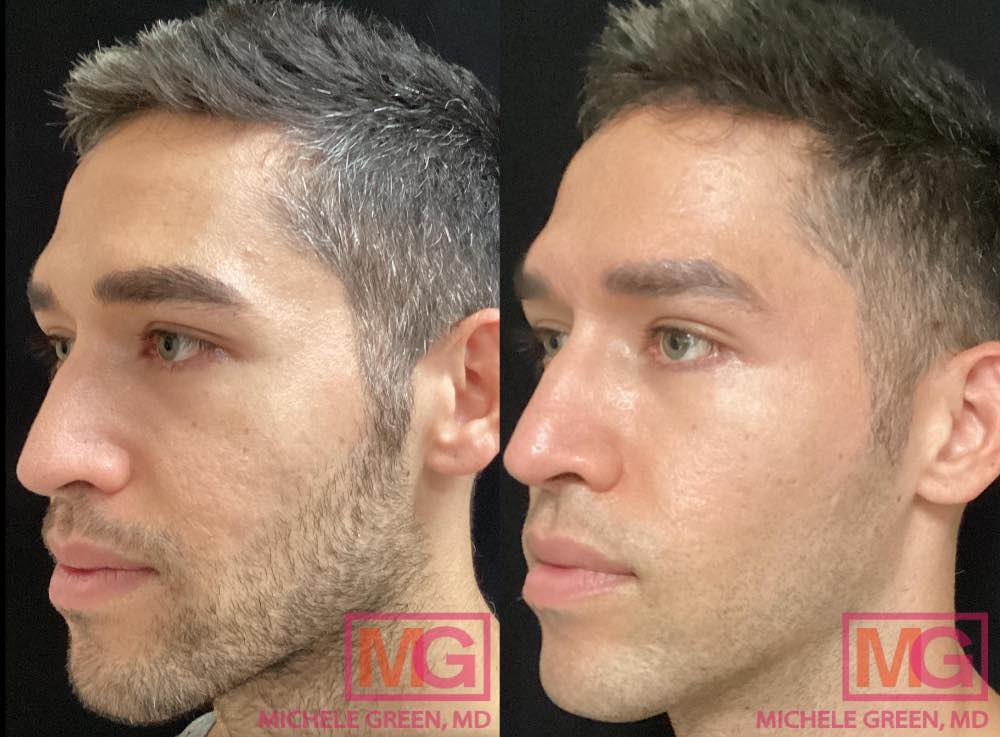
Photo Credit: Courtesy of Dr. Michele Green
Does TCA Cross Work Best for Acne Scars?
In many cases, TCA Cross treatment works better for certain atrophic acne scars than laser treatments. Darker skin types may need to use a 50% TCA solution to treat their scars, as opposed to 100% TCA in lighter skin patients. Due to the weaker strength acid in darker skin tones, an increased number of TCA Cross treatments may be needed to reduce the unwanted acne scars. The TCA concentrations differ and the correct strength is based on both the type of scar and the skin type of the patient. Meticulous treatment must be performed using TCA Cross to prevent pigmentation changes or worsening of acne scarring. Hydroquinones are commonly prescribed by Dr. Green in darker-skinned patients to be used before your treatment and for several weeks after TCA cross to prevent and treat resulting hyperpigmentation. In general, three to four TCA Cross treatments are needed to have the best cosmetic results. Patients with deep acne scars may need more treatments. TCA Cross treatments should be performed six to eight weeks apart, or longer. Patients with darker skin tones, or deep scars may require more than four treatments.
What is The Best Acne Scar Treatment?
When it comes to reducing the appearance of acne scars, there is no one best treatment to remove acne scarring, but there are highly effective, FDA-approved methods that Dr. Green offers at her boutique UES practice. For patients with post-inflammatory hyperpigmentation, patients may benefit from chemical peels and topical treatments. Patients with atrophic acne scars regularly benefit from microneedling, microdermabrasion, chemical peels, and laser treatments. If patients are concerned with hypertrophic scars, steroid injections combined with laser skin resurfacing can be highly effective. When you work with Dr. Green, she’ll be able to carefully examine your current skin condition to determine which acne scar treatments will be right for you.
How Can You Get Started with Treatments for Acne Scars today?
If you’re hoping to treat your acne scars today, Dr. Green in NYC can help. Dr. Michele Green is an internationally renowned board-certified cosmetic dermatologist and is known to be one of the best dermatologists in New York. Dr. Green has been consistently voted as one of the “Best Doctors” by Castle Connelly, New York Magazine, Super Doctors, and The New York Times as a pioneer in the field of cosmetic and medical dermatology. Please call the office today at 212-535-3088 or contact us online to schedule a consultation if you are dealing with acne scars and are interested in learning more about Dr. Green’s personalized approach to acne scar treatment.
For more information, visit Dr. Michele S. Green's social media:


















